I hate flying. The cramped seats and recycled air conspire against my well-being. The prospect of arriving at my destination with a sniffle or a sore back can turn a busy week on the go into a stressful endeavor. However, with a few simple in-flight health hacks, we can transform our journeys into a more comfortable and enjoyable(?) experience. In this post, we will explore together practical tips to stay healthy, find comfort, and reduce stress while flying in the air. These insights will empower you to take control of your flight and arrive at your destination feeling refreshed and ready to move. And for more ideas for staying healthy during air travel, check out these tips for plane travel.
Also check out our article Stay Healthy on the Go: Tips for a Strong Immune System While Traveling
Staying Healthy While Flying
Maintaining our health while flying is crucial for a comfortable and enjoyable trip. Let’s explore some key strategies to prevent illness and stay healthy on the plane.
Immune Support Supplements
Boosting your immune system before and during your flight can significantly reduce your chances of falling ill. Many travelers turn to immune support supplements as a proactive measure.
Most immune support supplements contain a blend of vitamins and minerals known for their immune-boosting properties. Key ingredients often include Vitamin C, Vitamin D, Zinc, and Echinacea.
Before your flight, consider starting a regimen of these supplements to give your immune system a head start. However, it’s essential to consult with your healthcare provider before adding any new supplements to your routine, especially if you have existing health conditions or are taking other medications.
Remember, while supplements can be beneficial, they should complement, not replace, a healthy diet and lifestyle. Stay hydrated and get plenty of rest before your flight for optimal immune function.

Immuneti – Advanced Immune Defense
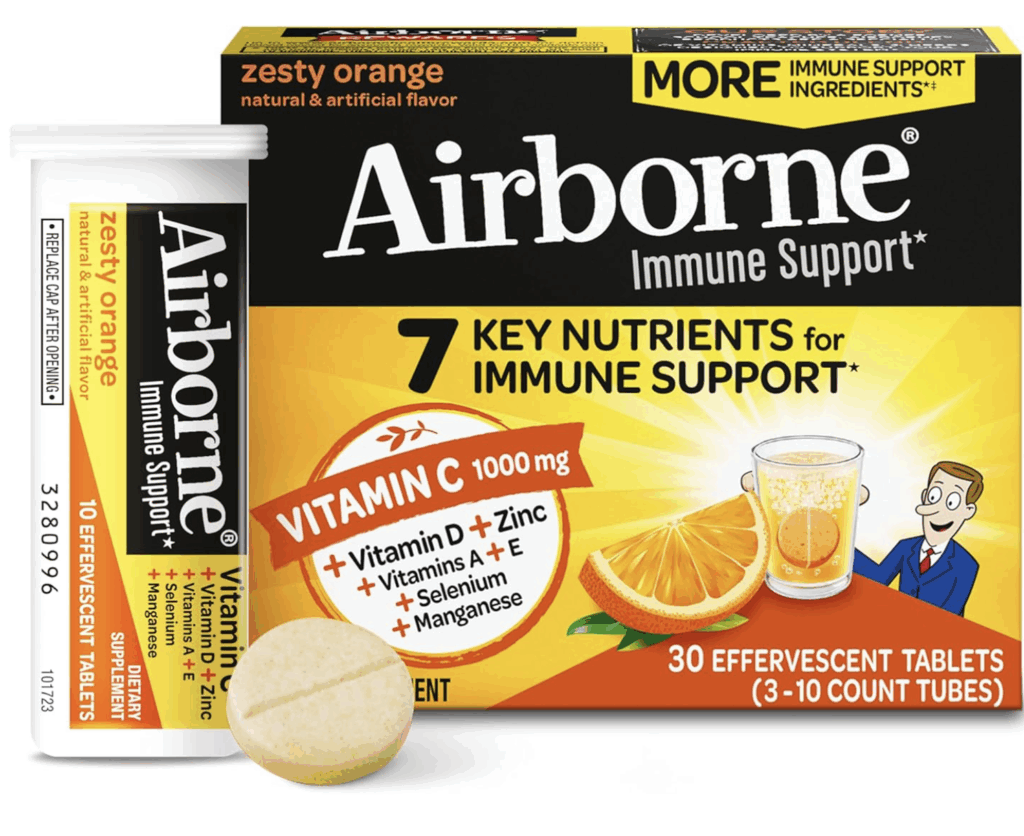
Safe Surfaces on a Plane
Navigating the cleanliness of an airplane is tricky, but understanding which surfaces are safe to touch will help you stay healthy while flying in the air. Being mindful of high-touch areas is crucial.
Airlines typically have standard cleaning procedures between flights, focusing on high-touch areas like tray tables, armrests, and seat belt buckles. However, it’s always a good idea to take extra precautions.
Many airlines now provide sanitizing wipes during boarding for spot cleaning. Use these to wipe down your immediate surroundings, especially the tray table and armrests.
Remember to use hand sanitizer regularly, particularly after using the bathroom or touching shared surfaces. Most importantly, avoid touching your face and mouth to prevent the transfer of germs.

Benefits of Wearing a Mask
While opinions on masks vary, their effectiveness in preventing illness transmission is well-documented. Wearing a mask on a plane offers several health benefits, especially in the confined space of an aircraft cabin.
Masks act as a physical barrier, reducing the spread of respiratory droplets that carry viruses and bacteria. This protection works both ways, safeguarding you and your fellow passengers.
One often overlooked benefit of wearing a mask is that it serves as a reminder not to touch your face. This simple barrier will significantly reduce the risk of transferring germs from surfaces to your mouth or nose.
If you’re feeling under the weather, wearing a mask is a considerate choice that helps protect others around you. It’s a small gesture that will make a big difference in maintaining a healthy environment for everyone on board.
Comfort on an Airplane
Finding comfort on an airplane will transform your travel experience. Let’s explore some strategies to enhance your in-flight comfort and arrive at your destination feeling refreshed.
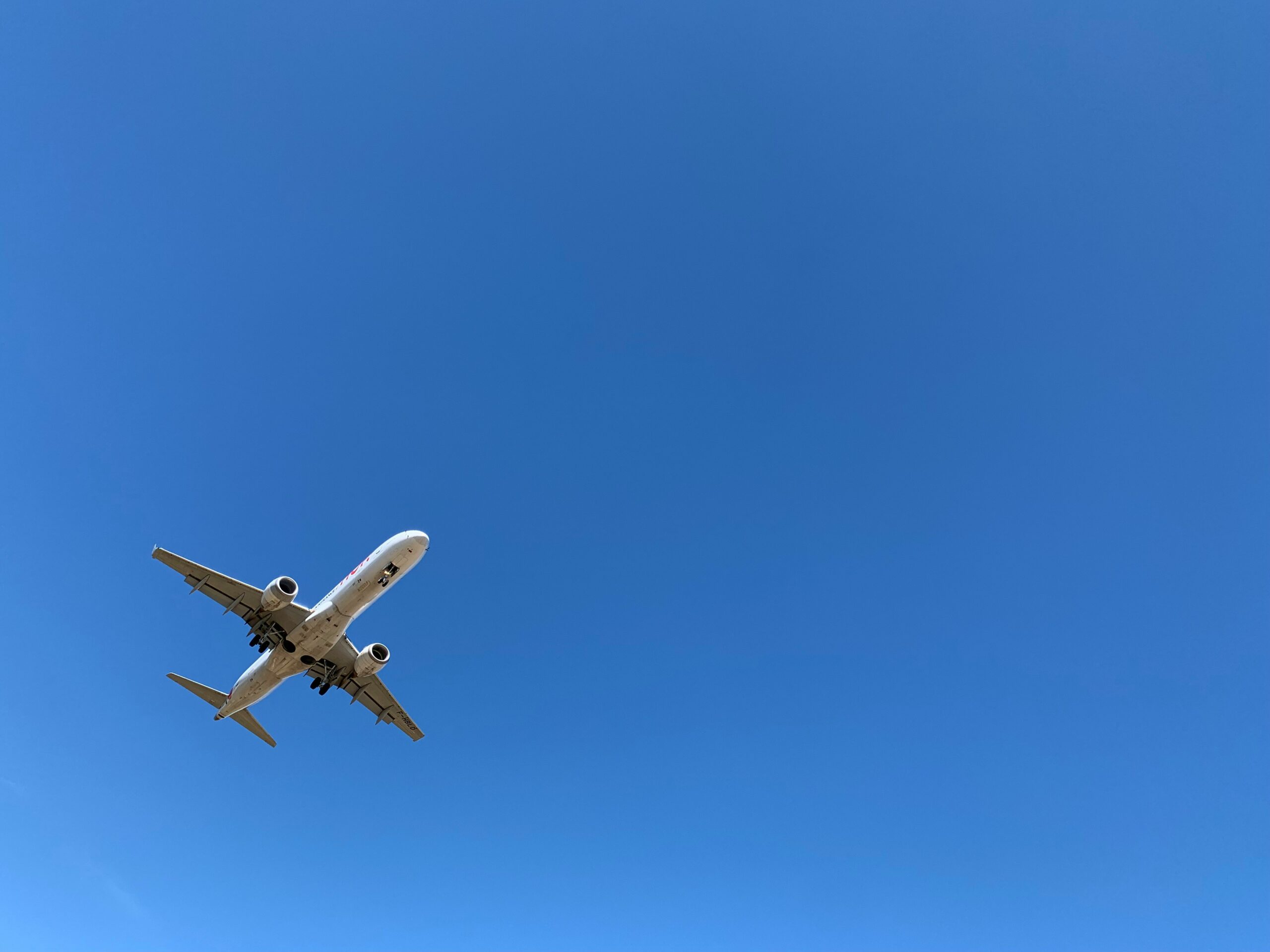
In-Flight Stretching Tips
Staying active during your flight is crucial for maintaining comfort and preventing stiffness. Here are some simple stretches to do from your seat:
- Ankle circles: Lift your feet off the ground and rotate your ankles in circles.
- Shoulder rolls: Slowly roll your shoulders forward and backward.
- Neck stretches: Gently tilt your head from side to side and forward and back.
For more space, consider using the aisle (when the seatbelt sign is off) for light walking or standing stretches. Just be mindful of other passengers and flight attendants.
Remember to move and stretch at least once every hour during your flight. This not only improves comfort but also helps prevent deep vein thrombosis, a potential risk during long periods of inactivity.
Boosting Circulation in Flight
Maintaining good blood flow is essential for comfort and health during air travel. The combination of prolonged sitting and cabin pressure may lead to swelling and discomfort, particularly in the legs and feet.
One effective method to boost circulation is the use of compression socks. These specialized socks apply gentle pressure to your legs, promoting blood flow and reducing swelling.
Regular movement is also key. Even small actions like flexing your feet, wiggling your toes, or doing seated leg lifts can help keep your blood flowing. If possible, take short walks up and down the aisle when it’s safe to do so.
Staying hydrated is another crucial factor in maintaining good circulation. Drink plenty of water throughout your flight, and limit alcohol and caffeine, which contributes to dehydration.
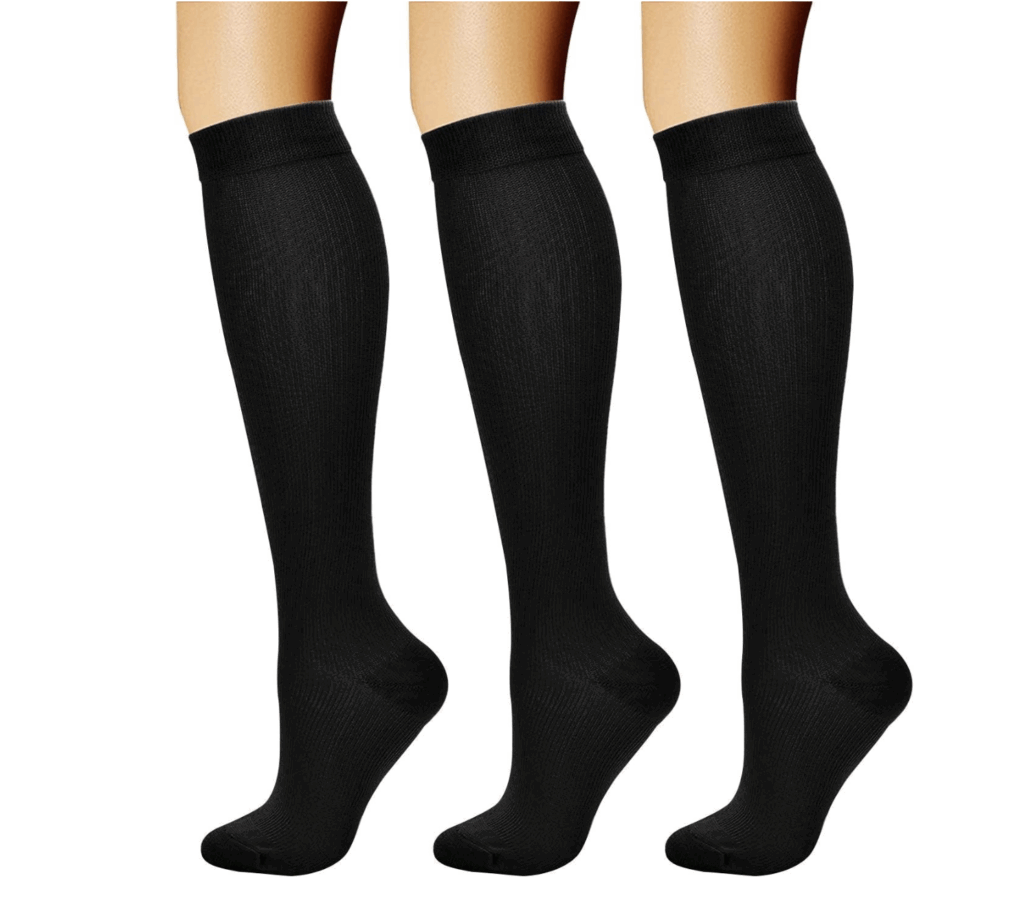
Top Travel Pillows
A good travel pillow makes a world of difference in your comfort level during a flight. Here’s a quick comparison of some popular options:
| Pillow Type | Pros | Cons |
|---|---|---|
| U-shaped | Supports neck, Compact | May not work for all sleeping positions |
| Memory foam | Molds to your shape, Comfortable | Can be bulky |
| Inflatable | Very portable, Adjustable firmness | May not be as comfortable as solid pillows |
| Wrap-around | Full neck support, Stays in place | Larger size, May feel restrictive |
When choosing a travel pillow, consider your sleeping habits and comfort preferences. Some travelers prefer the classic U-shaped pillow for its versatility, while others opt for wrap-around styles for more comprehensive support.
Remember, the best pillow is one that allows you to rest comfortably without straining your neck or back. Don’t hesitate to try out different styles to find the perfect fit for your travel needs.
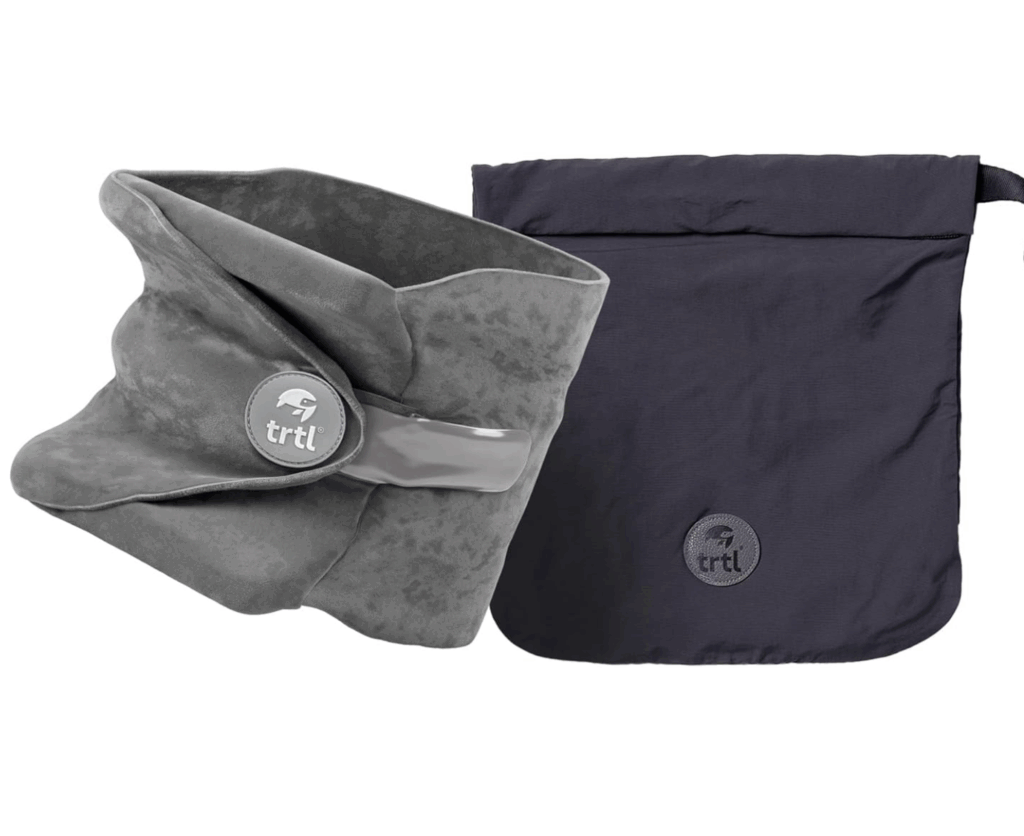
trtl Travel and Airplane Pillow
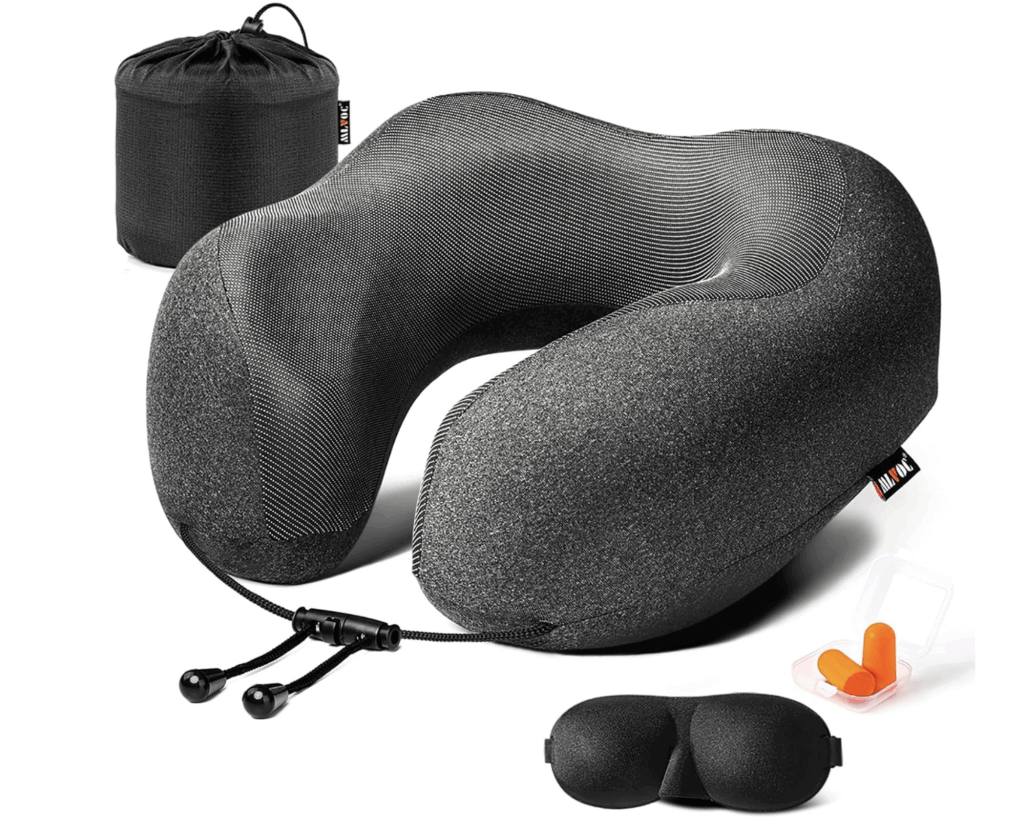
MLVOC Travel Pillow 100% Pure Memory Foam Neck Pillow
Preventing Stress in the Air
Air travel is inherently stressful, but with the right strategies, you can create a more relaxing experience. Let’s explore some effective ways to reduce stress while flying in the air.
Managing Flight Stress
Flying can be one of the most stressful activities. I know it is for me. The combination of tight schedules, long lines, ridiculous security procedures, and the physical discomfort of being in a confined space can trigger anxiety and tension.
To manage this stress, preparation is key. Arrive at the airport with plenty of time to spare, reducing the rush and allowing for unexpected delays. Consider using airline apps or online check-in to streamline your process.
I always budget an extra hour to get to the airport. So arrive 1 hour before the flight, plus travel time to the airport, plus 1 more hour extra. This guarantees I arrive early; and I would rather be relaxing waiting for my flight for a few extra minutes than rushing to get to the gate on time.
During the flight, focus on creating a calm environment for yourself. Use noise-canceling headphones to block out ambient noise, and consider aromatherapy with a travel-sized essential oil roller for instant relaxation.
Remember, stress often comes from feeling out of control. Stay informed about your flight status, but also practice acceptance of things beyond your control, like turbulence or delays.
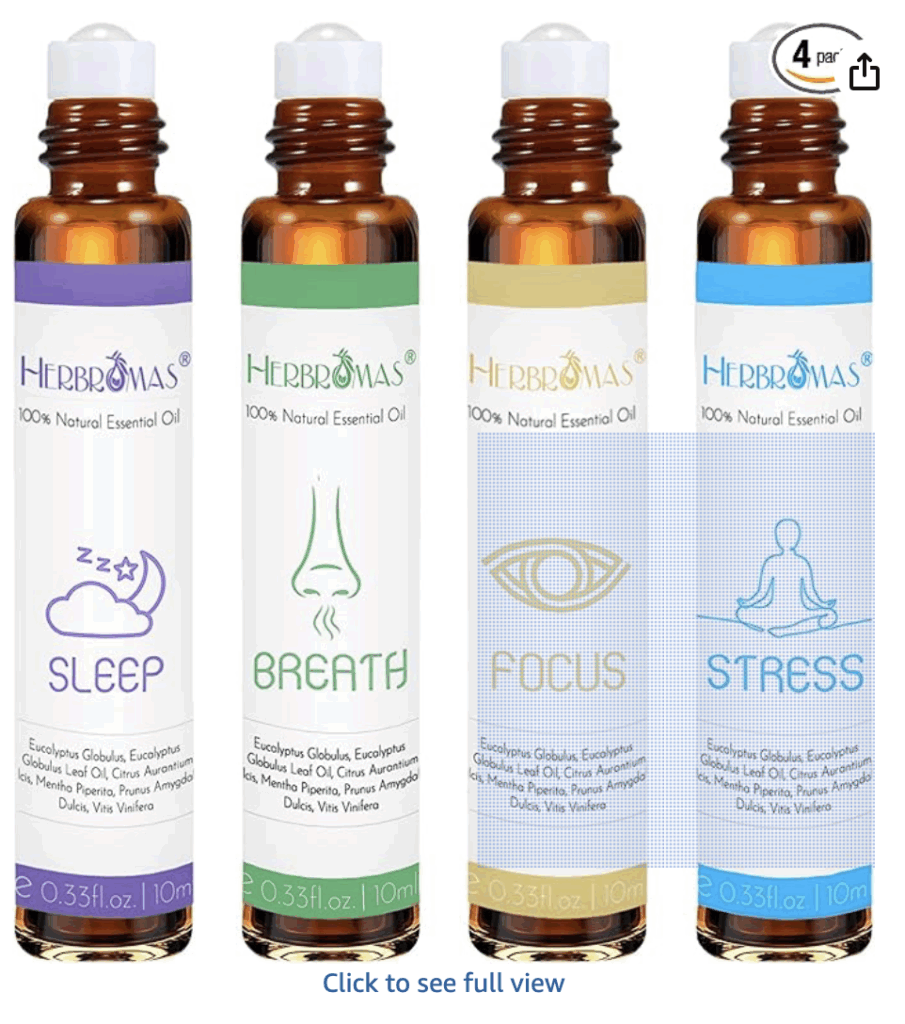
Books and E-Readers
Reading is an excellent way to pass the time and reduce stress during a flight. E-readers have revolutionized in-flight entertainment, offering a lightweight solution to carrying multiple books.
Popular e-readers like Kindle or Kobo provide access to thousands of books in a single device. They often feature adjustable lighting, making them perfect for reading in varying cabin conditions.
When choosing books for your flight, consider lighter reads or engaging non-fiction that won’t require intense concentration. Travel memoirs or short story collections can be particularly enjoyable and relevant to your journey.
Remember to download your chosen books before your flight, as in-flight Wi-Fi may not always be reliable or available for large downloads.
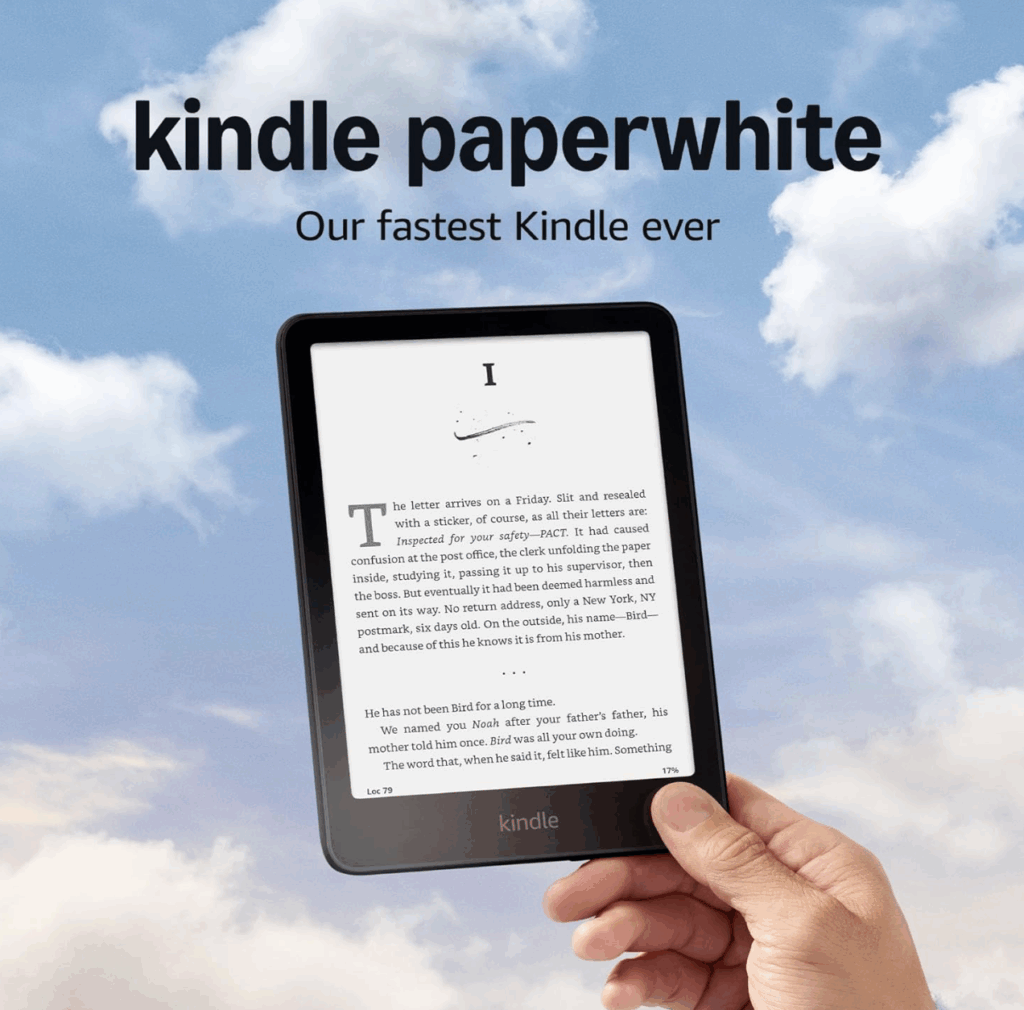
Amazon Kindle Paperwhite 16GB (newest model)
In-Flight Entertainment Options
Modern air travel offers a wealth of entertainment options to keep you engaged during your travel. Most airlines now provide personal screens with a variety of movies, TV shows, and games.
Here’s a quick overview of the top five streaming services often available on flights:
- Netflix
- Amazon Prime Video
- HBO Max
- Disney+
- Hulu
Before your flight, check if your airline offers a mobile app that allows you to stream content on your personal device. This may provide more options and a familiar interface.
Don’t forget to pack noise-canceling headphones for the best audio experience. They will significantly enhance your enjoyment of in-flight entertainment while also reducing cabin noise.
Accessing In-Flight WiFi
Having reliable WiFi on a plane will transform your travel experience, allowing you to stay connected, work, or stream entertainment. Here are five popular in-flight WiFi services:
- Gogo Inflight Internet
- Viasat
- Panasonic Avionics
- Inmarsat
- Thales Group
Before your flight, check which service your airline uses and consider purchasing a pass in advance, which is often cheaper than buying onboard.
Remember that in-flight WiFi may be slower and less reliable than ground-based internet. Plan accordingly by downloading important documents or entertainment before your flight.
For security, always use a VPN when connecting to public WiFi, including in-flight services. This extra step helps protect your personal information while browsing.
Meditating at High Altitude
Meditation is a powerful tool for managing stress and finding comfort during your flight or after passing through the stress of check-in and security. Here’s a simple guide to meditating on a plane:
- Find a comfortable seated position, ensuring your seatbelt is fastened.
- Close your eyes and focus on your breath, inhaling deeply through your nose and exhaling slowly through your mouth.
- Pay attention to the sensation of your breath moving in and out of your body.
- If your mind wanders, gently bring your focus back to your breath without judgment.
Start with short sessions of 5-10 minutes and gradually increase the duration as you become more comfortable. Many meditation apps offer guided sessions specifically designed for travel.
Remember, the goal is not to eliminate all thoughts or achieve perfect calm, but to create a moment of mindfulness amidst the hustle of travel.
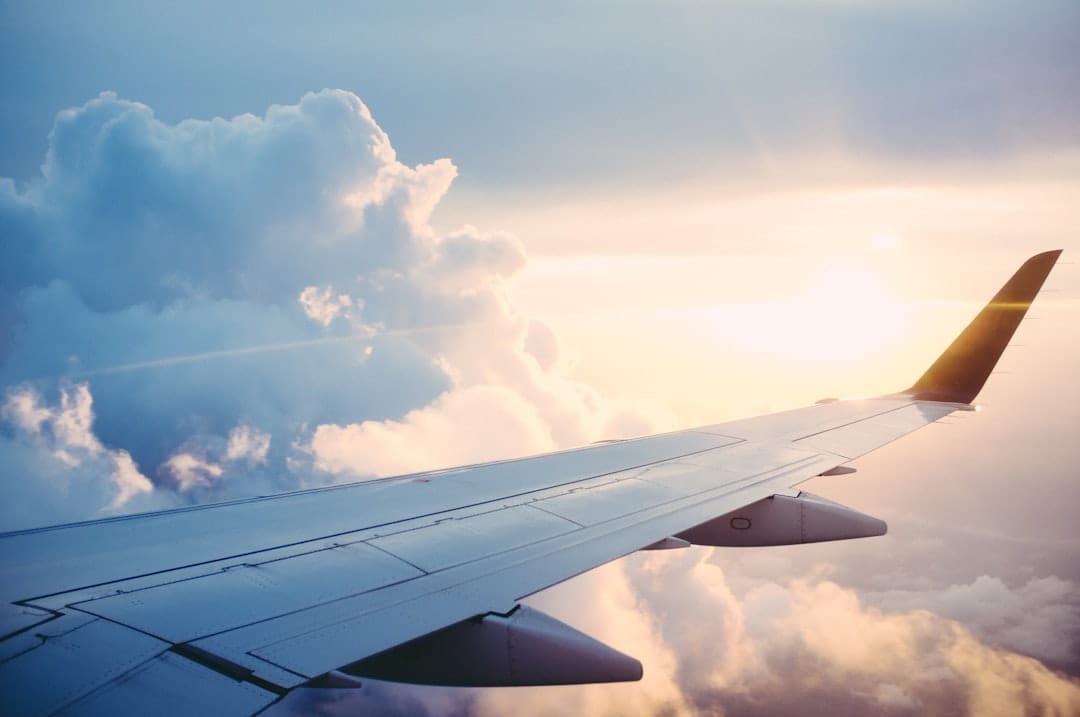
Smart Snacking Strategies
Navigating airplane food is challenging, but with some planning, you can ensure you have nutritious and satisfying options during your flight.
Limitations of Airplane Food
Airplane food often falls short in terms of both nutrition and taste. The constraints of mass preparation and reheating at high altitudes results in meals that are less than appetizing.
Most in-flight snacks are high in sodium and sugar, with little nutritional value. This can leave you feeling sluggish and uncomfortable during your journey.
The cost of in-flight meals and snacks is another consideration. Prices are always inflated, and the quality rarely justifies the expense.
Given these limitations, bringing your own snacks or purchasing food in the terminal before boarding is a smart strategy for staying healthy on the plane.
Healthy Snack Suggestions
Packing your own snacks allows you to control both the quality and quantity of your in-flight nutrition. Here are some healthy options that travel well:
- Nuts and seeds: Packed with protein and healthy fats
- Dried fruit: Natural sweetness and fiber
- Whole grain crackers: Complex carbs for sustained energy
- Protein bars: Look for low-sugar options
- Fresh vegetables: Carrot sticks, cucumber slices, or cherry tomatoes
- Fresh fruit (my favorite for a flight): Apples, bananas, oranges
When choosing snacks, aim for a balance of protein, complex carbohydrates, and healthy fats. This combination will help keep you satisfied and energized throughout your flight.
Remember to stay hydrated by drinking plenty of water alongside your snacks. Avoid excessive salt, which can contribute to dehydration at high altitudes.
Favorite Travel-Friendly Snacks
I always bring an apple on the flight. Some of the best snacks for air travel are simple, fresh fruits that pass easily through security and are widely available in airport terminals. Here are three top picks:
- Apples: Crisp, refreshing, and packed with fiber.
- Oranges: Rich in Vitamin C and naturally hydrating.
- Bananas: Easily digestible and a good source of potassium.
These fruits are not only nutritious but also help combat the dehydrating effects of air travel. They’re easy to eat without utensils and don’t create messy waste.
For longer flights, consider pairing these fruits with some protein-rich options like a small bag of almonds or a cheese stick. This combination will help keep your energy levels stable.
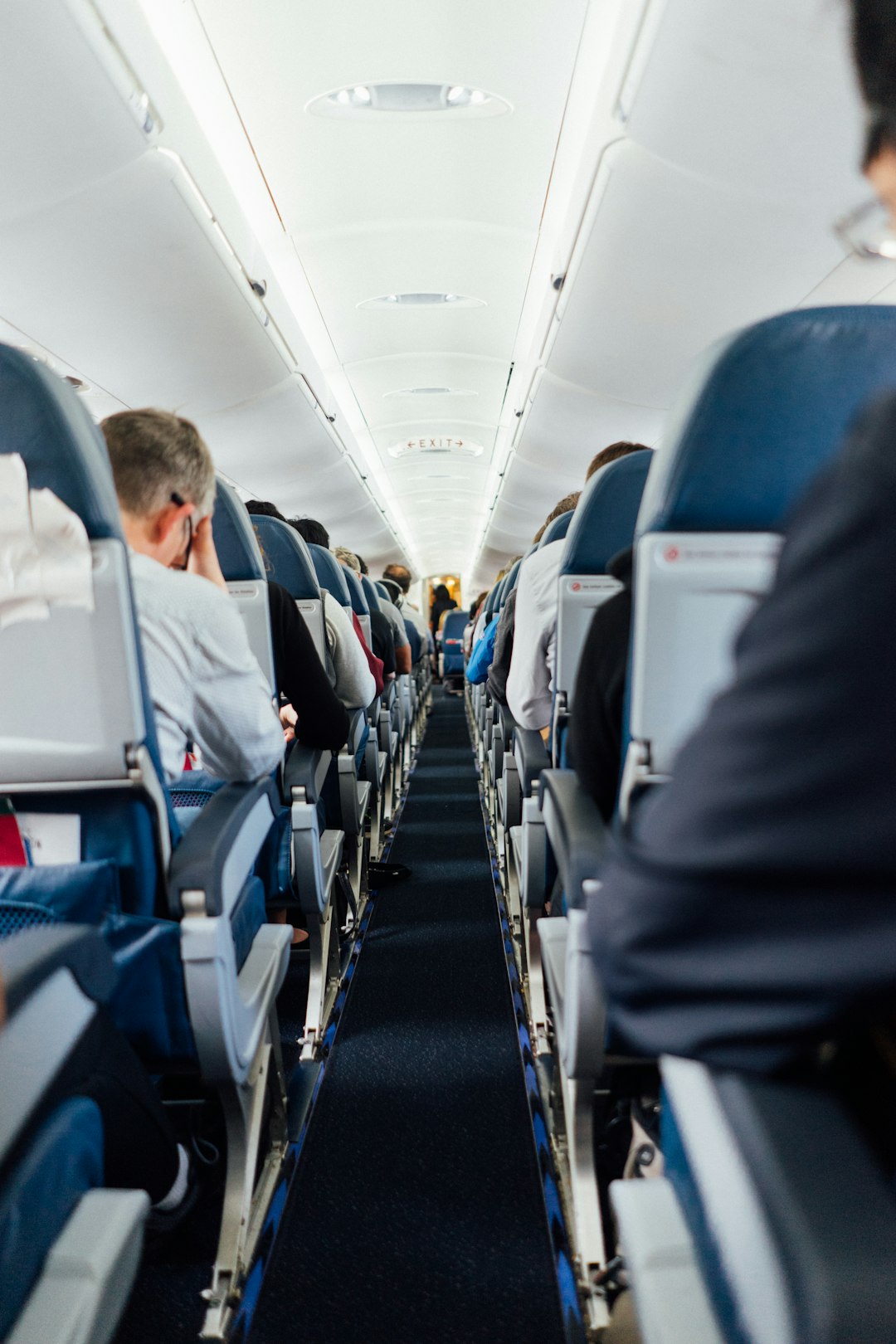

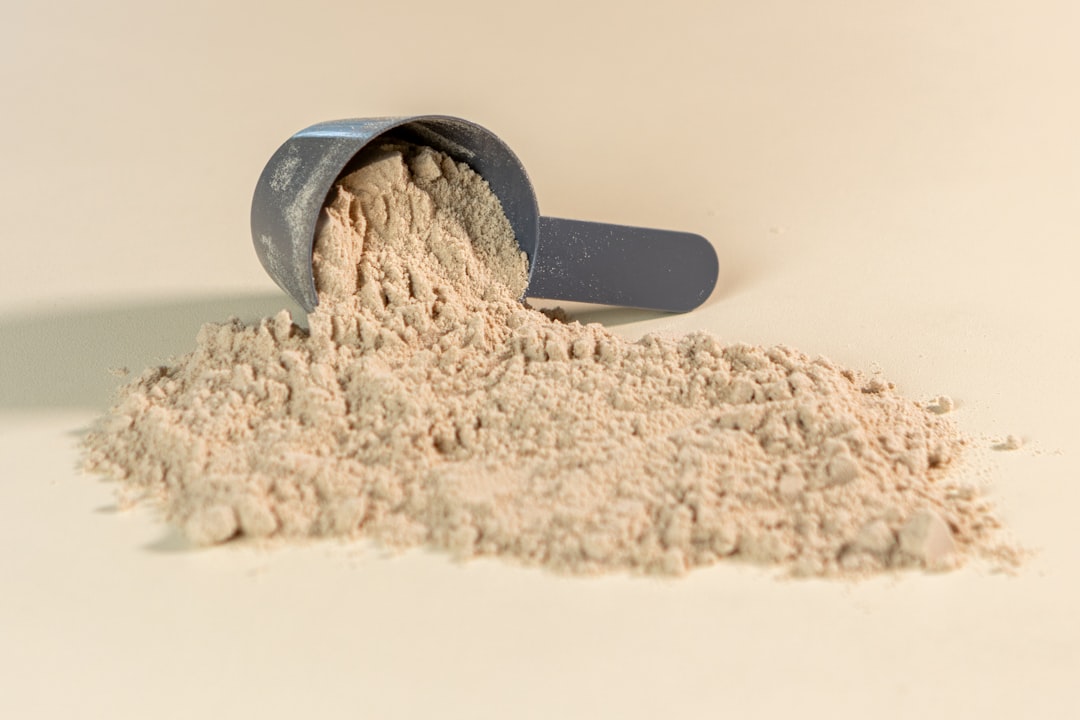

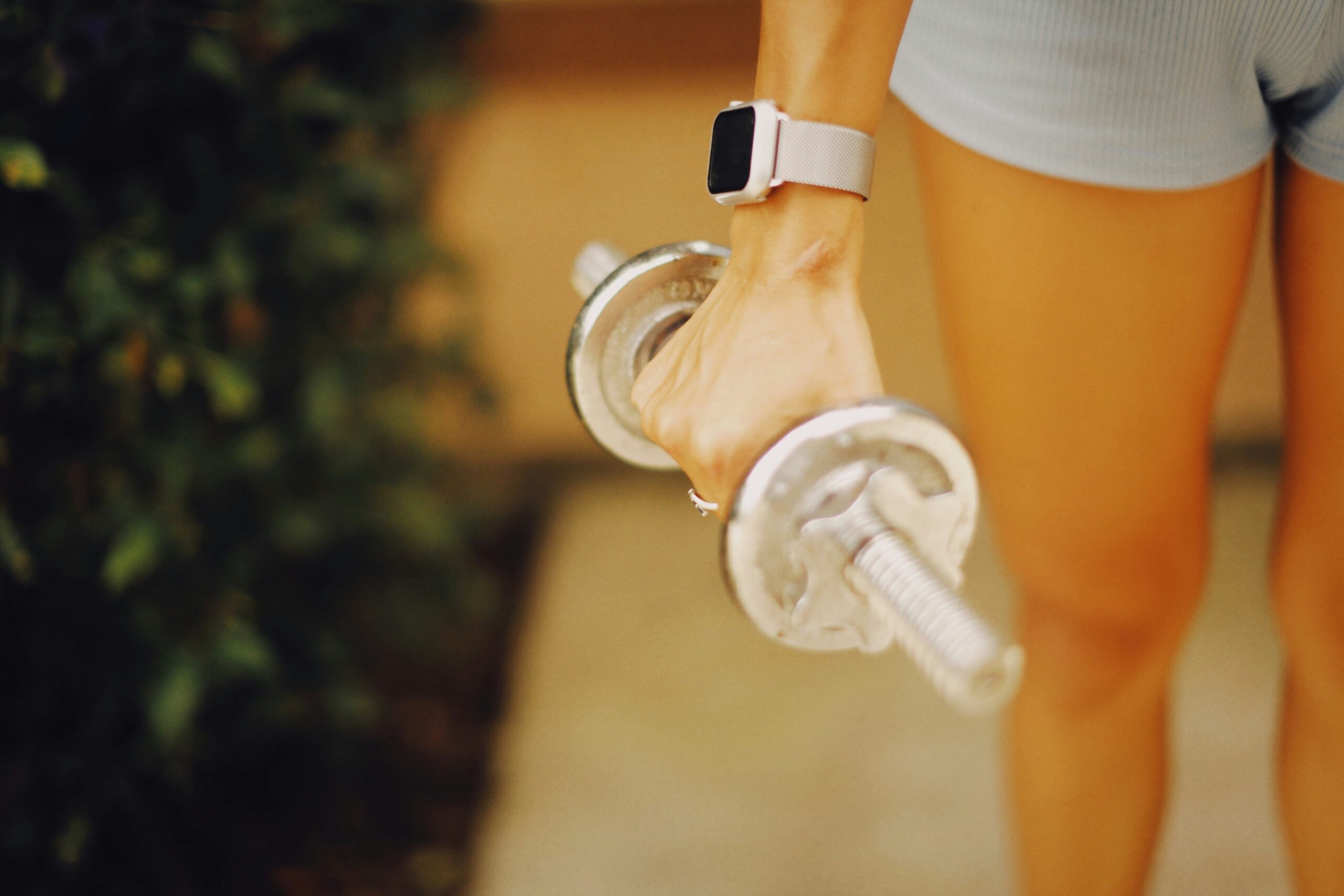


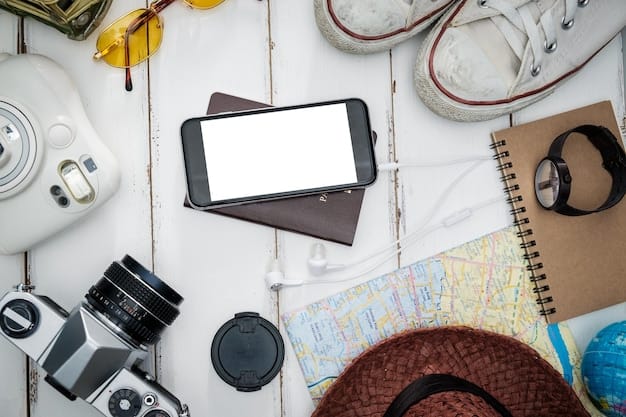
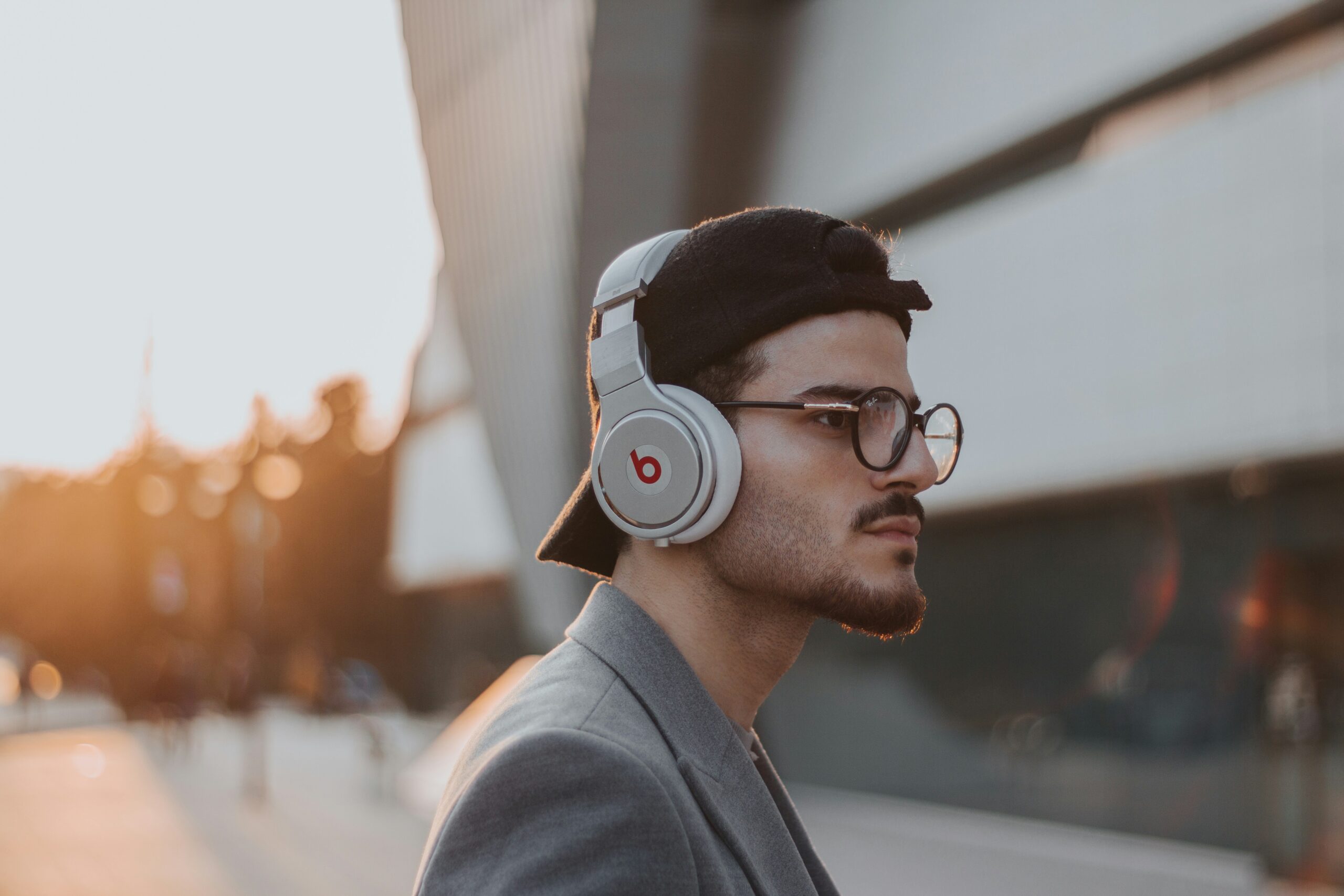

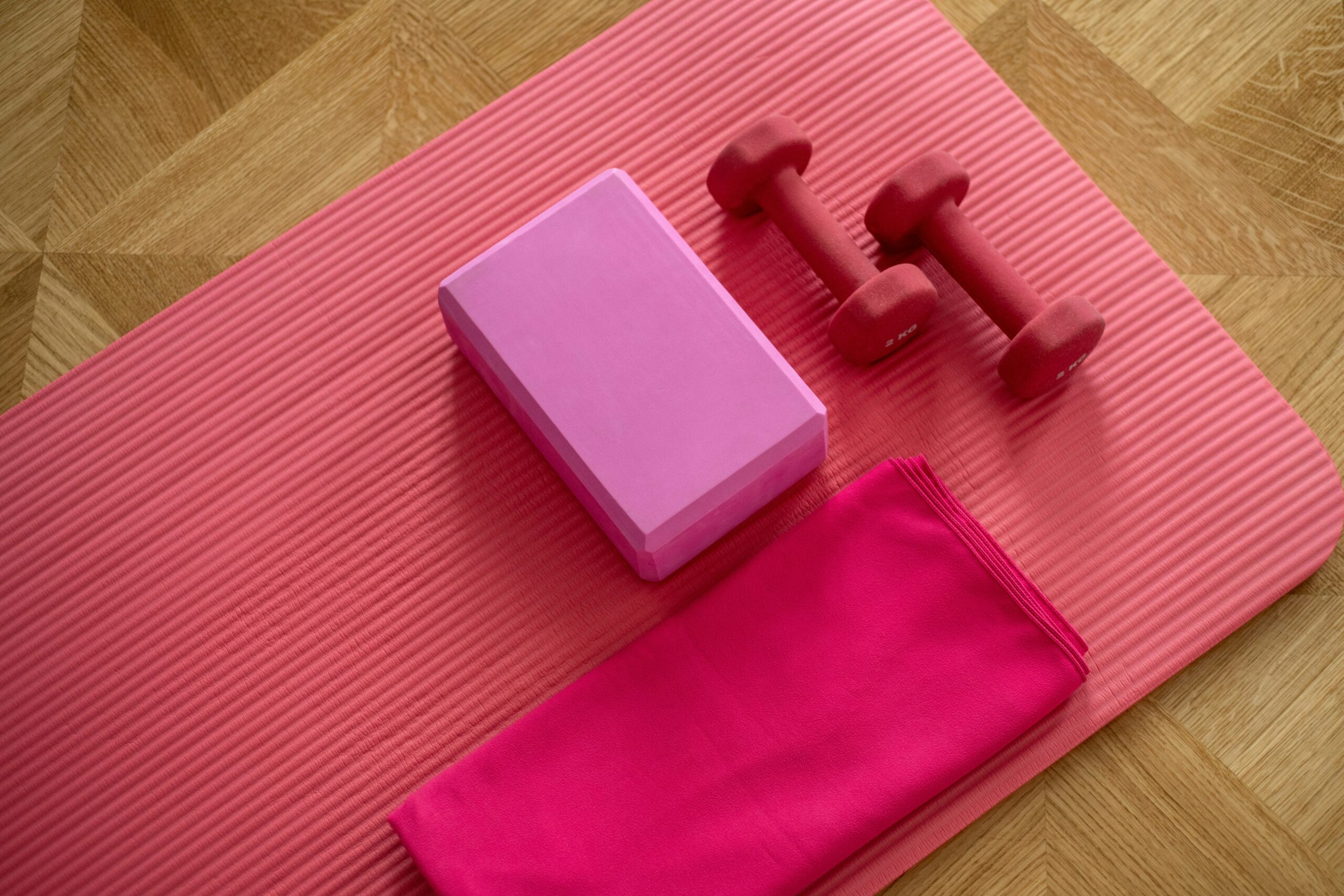
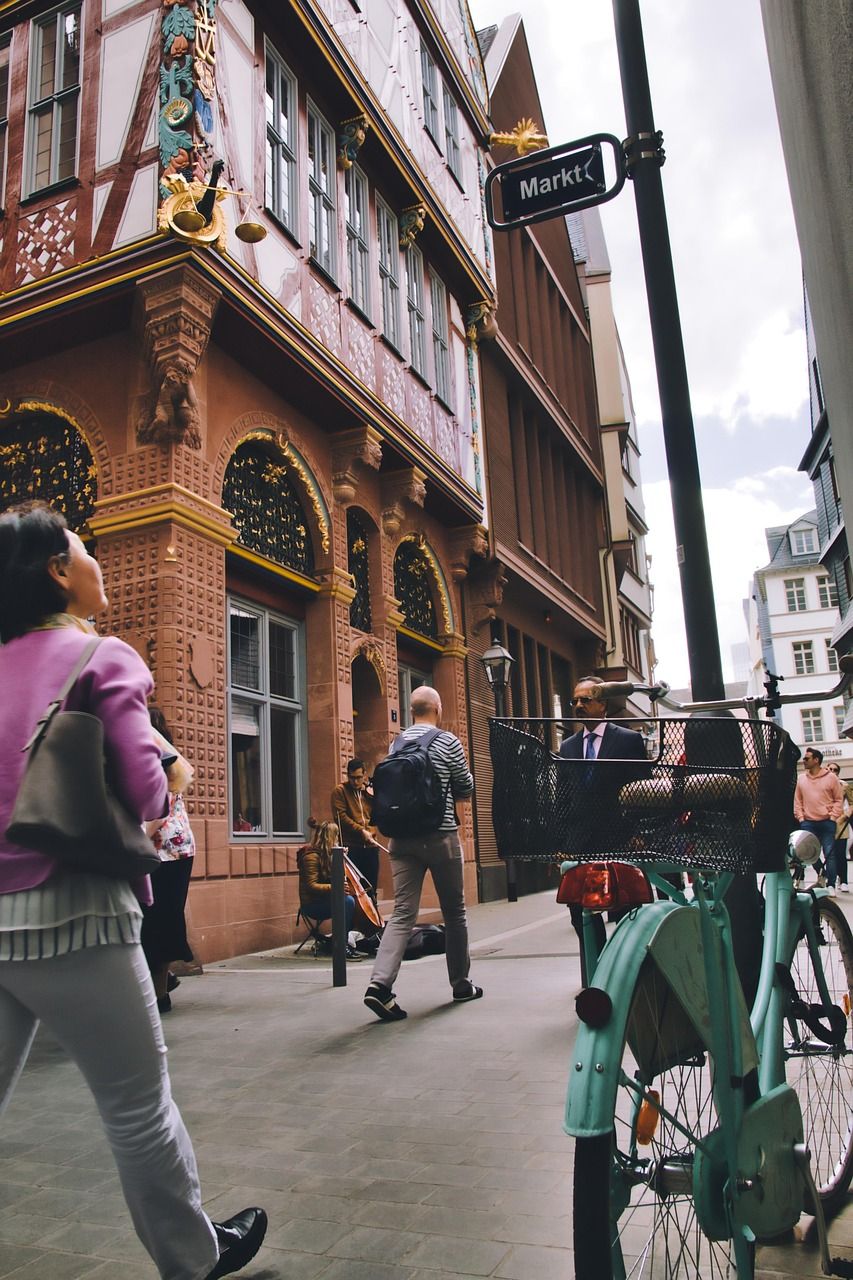




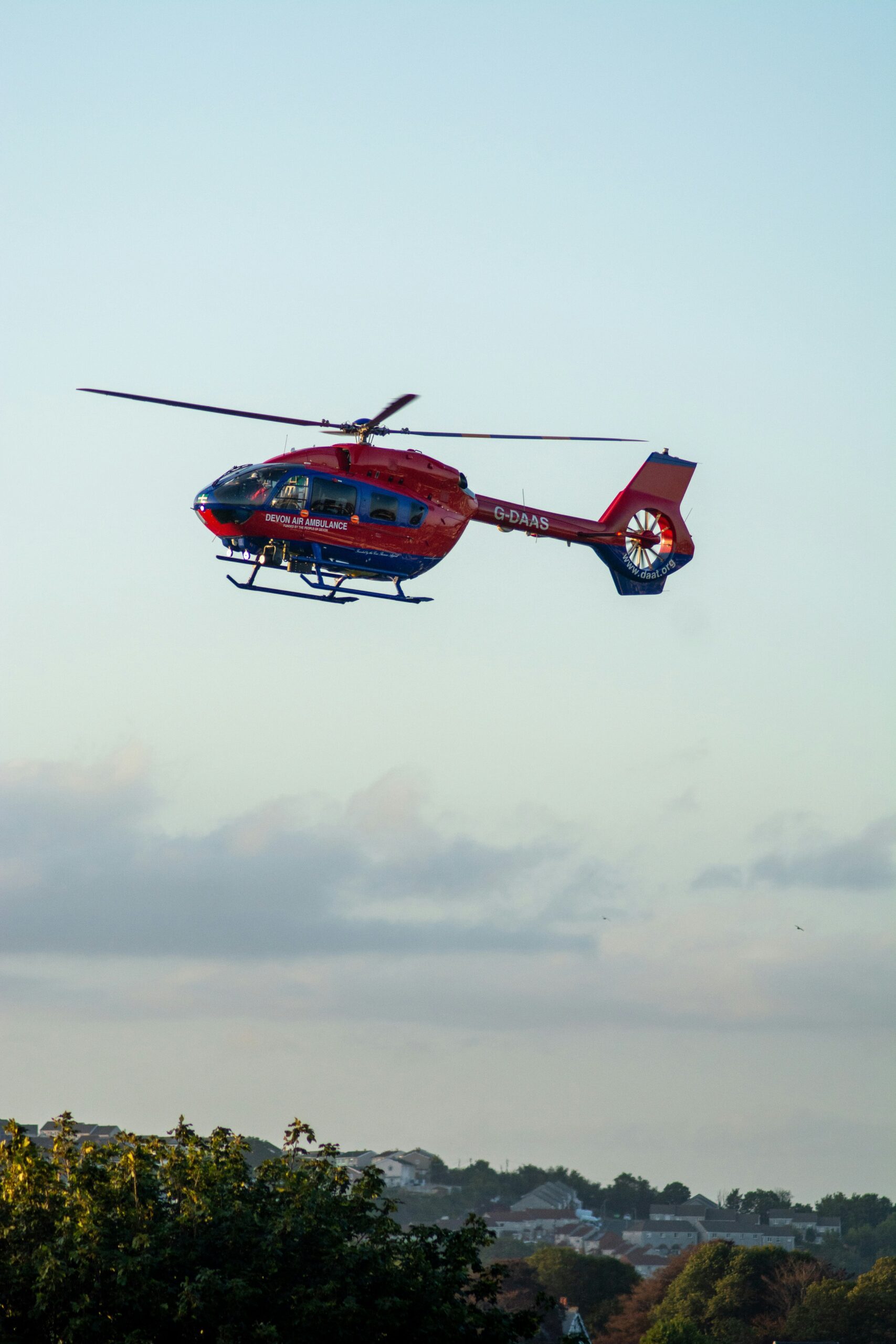
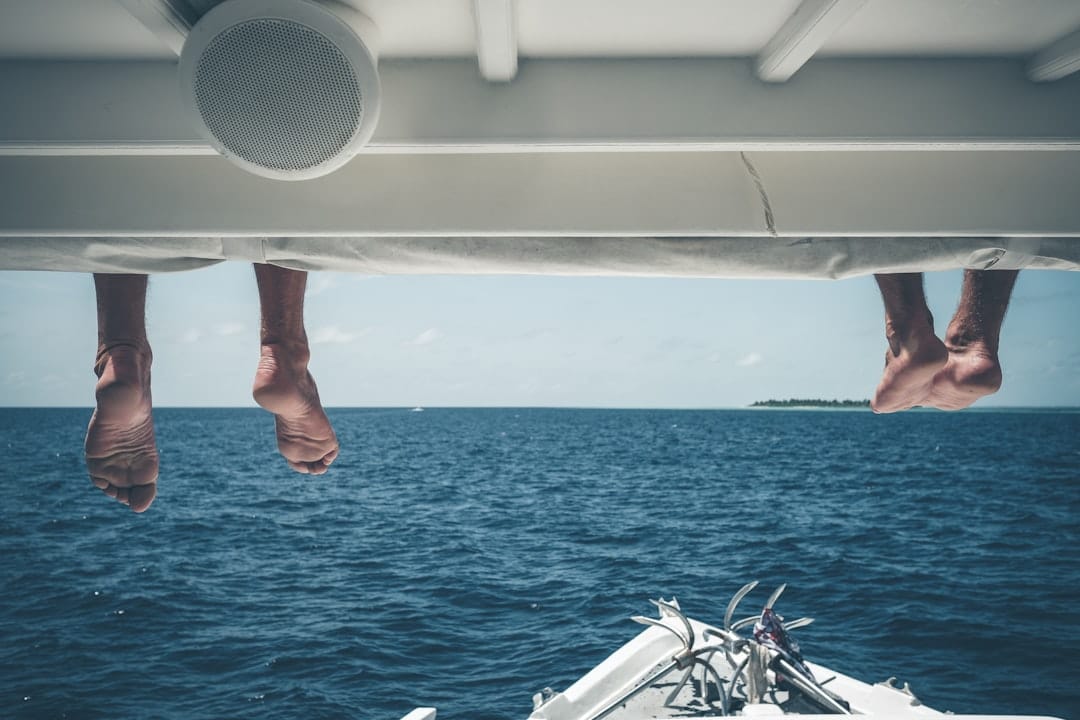
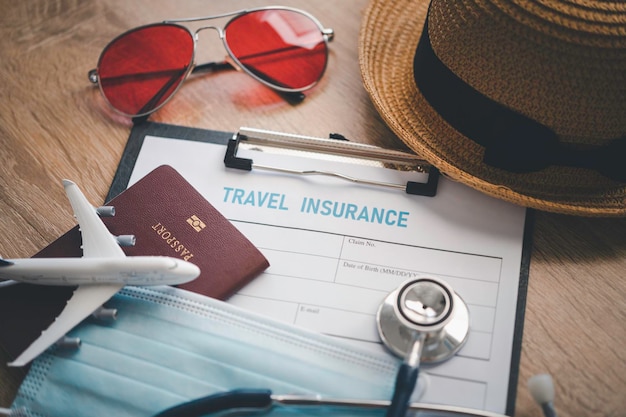
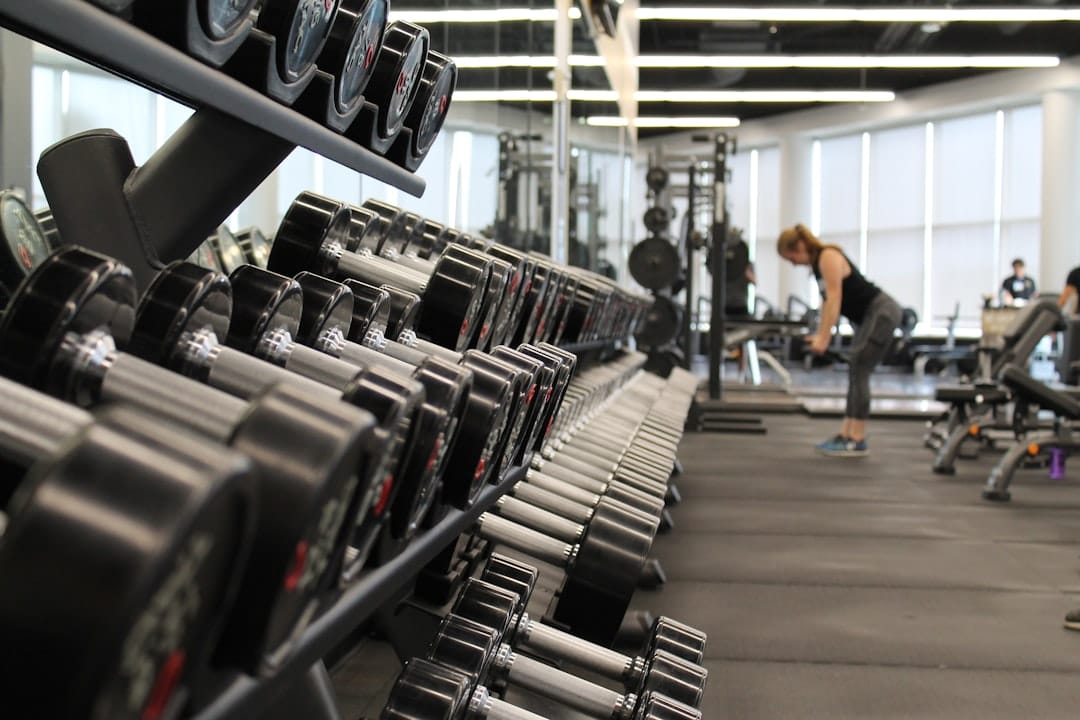






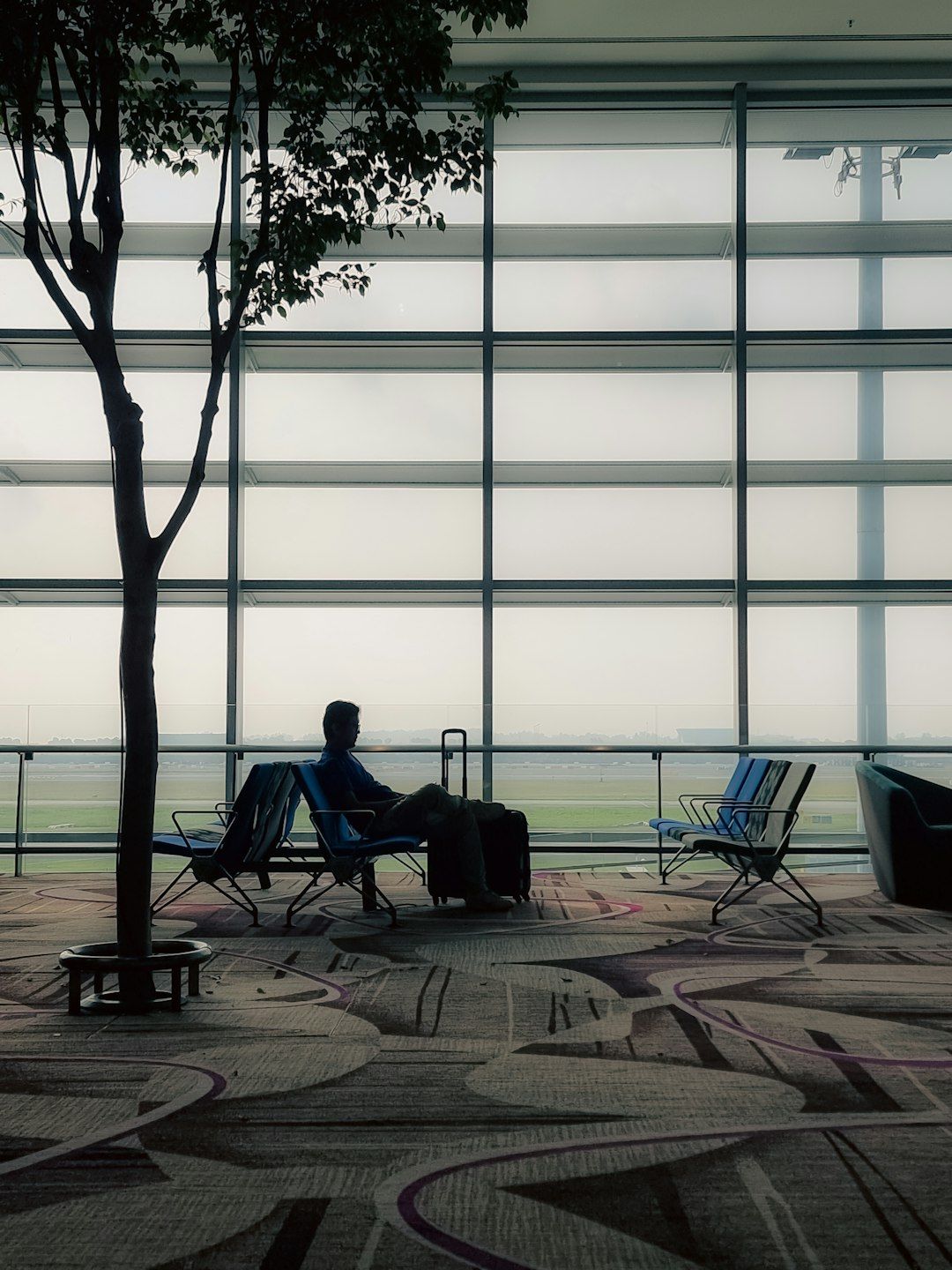

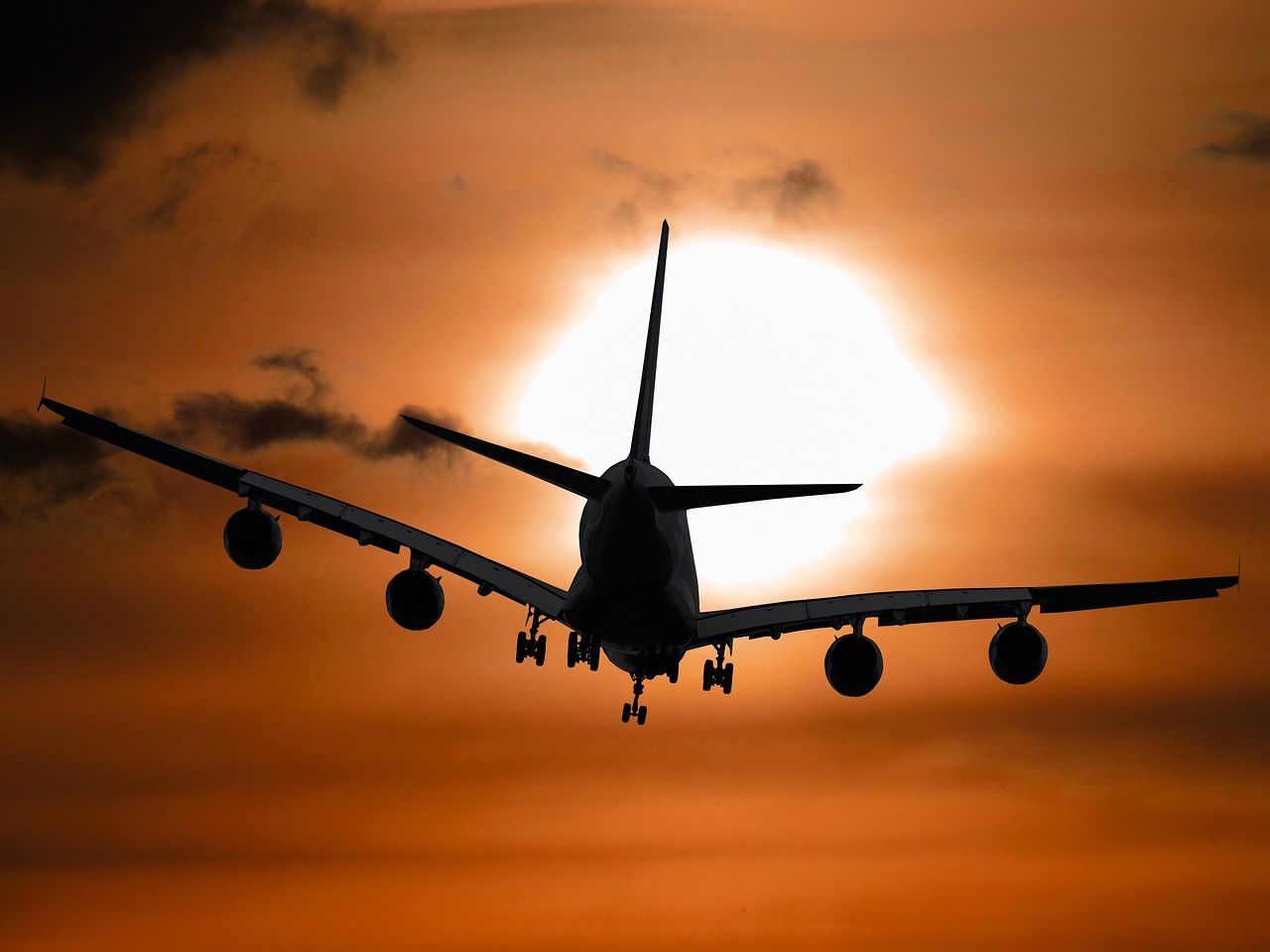


Leave a Reply